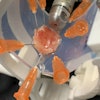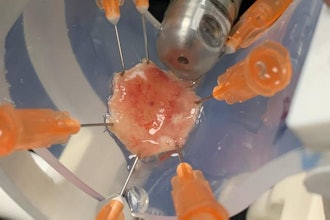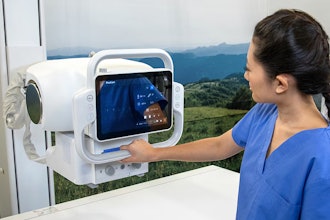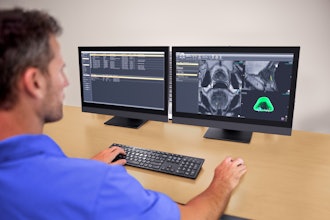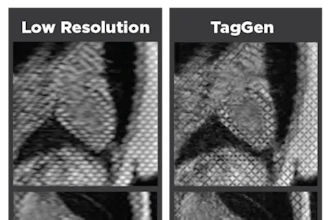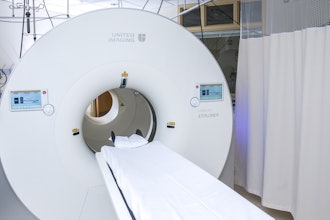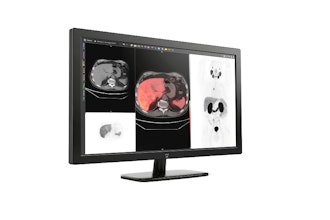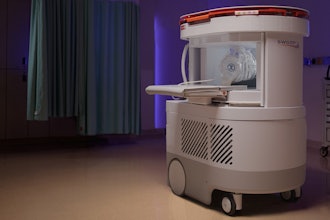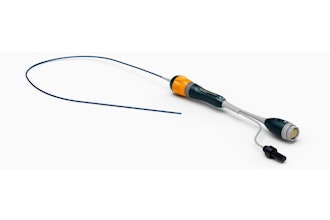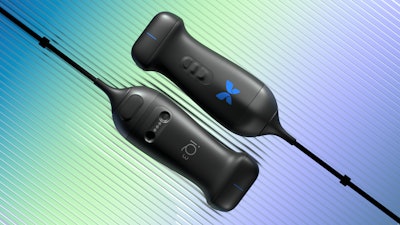
Butterfly Network announced today the commercial launch of its third-generation handheld point-of-care ultrasound (POCUS) system, Butterfly iQ3, which received FDA clearance last month. Butterfly iQ3 is powered by the company’s semiconductor chip with a data transfer rate that is double that of its predecessor. The result is improved image quality and faster micro-beamforming for advanced 3D capabilities: iQ Slice and iQ Fan.
Butterfly iQ3 brings high-resolution image quality with twice the processing power compared to Butterfly iQ+ and a novel “no focus” rubber lens, enabling providers to intuitively identify anatomy, observe small structures, and ultimately, make more confident diagnostic decisions. In a blind survey distributed by third-party vendor, Intellisurvey, 475 clinicians across more than eight specialties compared Butterfly iQ3 images to GE Vscan Air CL, with the majority across all categories ranking iQ3’s overall image quality better than that of GE Vscan Air CL.
"Healthcare is at a cornerstone in the adoption of point-of-care ultrasound. Bedside ultrasound has the potential to vastly increase the information available to clinicians for proper assessment, intervention, and prevention of cardiovascular diseases and other conditions across the human body," said Partho Sengupta, MD, Henry Rutgers Professor and Chief of Cardiology at Rutgers Robert Wood Johnson Medical School and Robert Wood Johnson University Hospital. "I use Butterfly in my clinical practice and in clinical research. The introduction of Butterfly iQ3 includes a focus on higher precision capabilities for cardiovascular point-of-care ultrasound applications to inform complex decisions. In my early experience, I found that the enhancements in visualization technology and artificial intelligence, as well as image quality will greatly assist health care professionals in our efforts to continually improve outcomes for our patients.”

